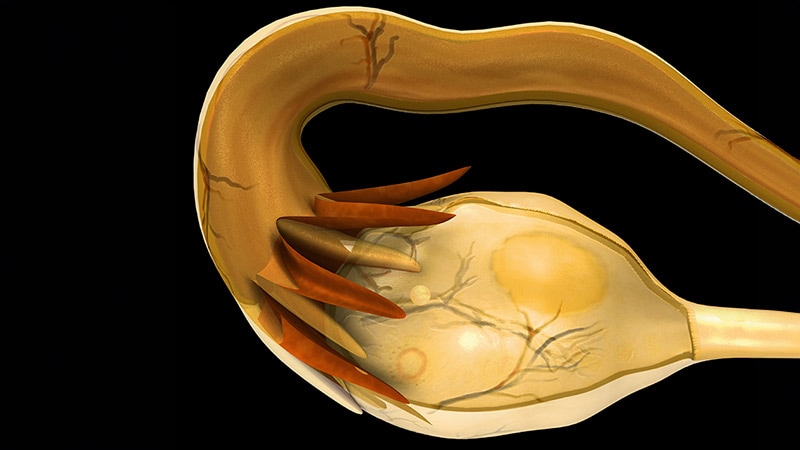Takeaway
- Higher dietary selenium is associated with a lower prevalence of osteoporosis (OP) in a cross-sectional cohort of middle-aged and older Chinese participants.
Why this matters
- Clinicians may consider recommending a selenium-rich diet consisting of meat, fish, eggs, bread, cereals, and milk to protect against development or progression of OP (fruits and vegetables contain limited selenium).
Study design
- A cross-sectional cohort of middle-aged and older Chinese participants (N=6267) who received a health screening.
- Dietary selenium (in quartiles) was based on responses to the validated Semi-quantitative Food Frequency Questionnaire for 63 food items, which was administered twice to all participants.
- Funding: National Natural Science Foundation of China; others.
Key results
- Mean age, 52.2±7.4 years; OP prevalence was 9.6% (2.3% in men and 19.7% in women).
- Higher levels of selenium in diet (vs lowest quartile) were associated with dose-related lower odds of OP after adjusting for energy intake, age, sex, and BMI:
- Second quartile: aOR, 0.72 (95% CI, 0.55-0.94).
- Third quartile: aOR, 0.72 (95% CI, 0.51-1.01).
- Fourth (highest) quartile: aOR, 0.47 (95% CI, 0.31-.73).
- Dose-response trend: P=.001.
Limitations
- Selenium not directly assayed.
- Observational design.
References
References



